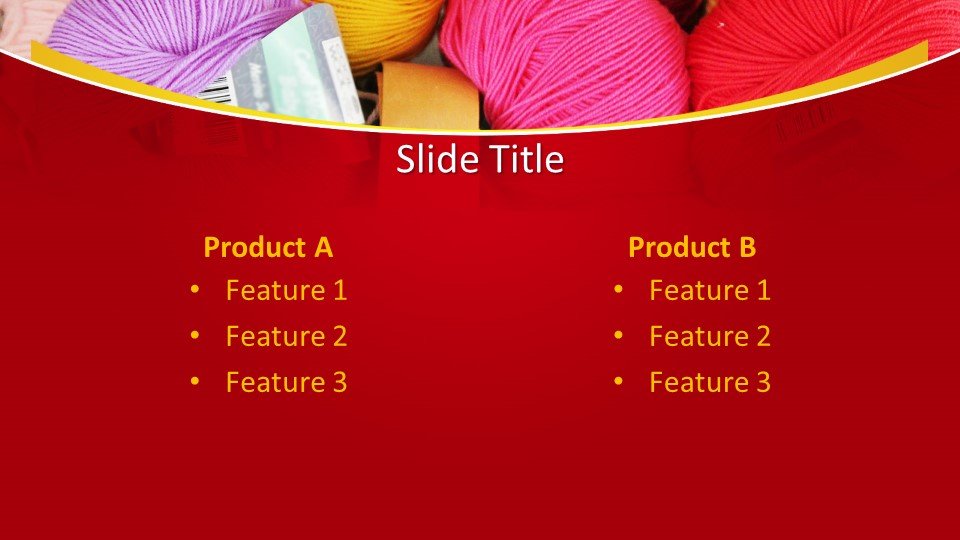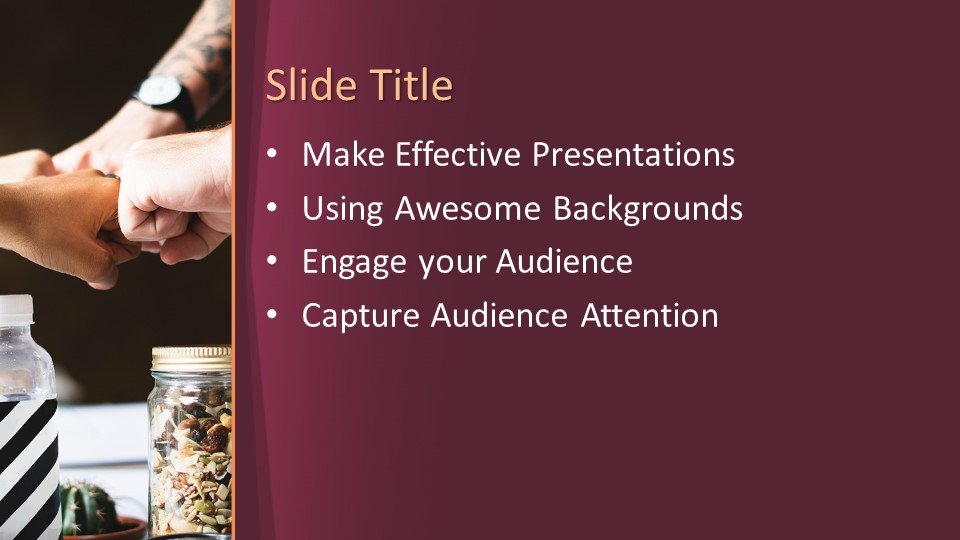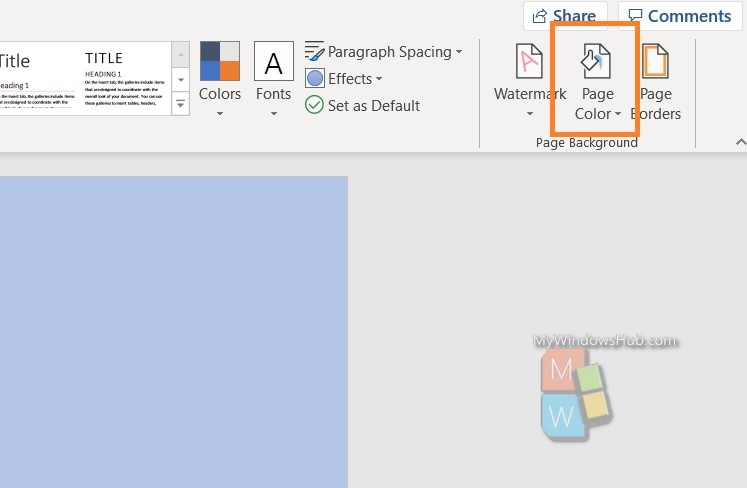


 Ten Windows 10 network commands everyone one should know. Why Windows 11's security is such a big deal. Windows 11 cheat sheet: Everything you need to know. Select it, and click on the "Normal" style swatch (also available under the context menu). Tip: once you apply a custom highlight combination, you can't remove it the usual way. Now re-use your custom highlight scheme with a click in the styles palette:. The preview in the quick style builder now includes the background! Click OK to save it. Select the " Shading" tab, pick or make your own background (clicking " More colors" at the bottom), and click OK. Click on the Format button (bottom left corner), and choose " Border". Since Word ignores background colors when saving quick styles, click Modify to add it manually. Label it with a meaningful name, like " Red-On-Yellow Highlighting". Select the highlighted text and right-click: go to " Styles > Save selection as a new quick style". You can even save your custom highlighter combinations:. Tip - un-highlight the current text selection with this keyboard shortcut: Alt+H, i, N. To remove the highlighted background effect, choose " No Color" under the dropdown. (The end of this tutorial explains how to create your own color combinations.) Click on the dropdown arrow to change highlight color with the keyboard, use the arrow keys to change color. Tip - access this command with the following keyboard shortcut: Alt+H, i, Enter. The yellow marker is the default color - click on it to highlight the current selection:. Select the text to emphasize, and look at the ribbon's Home tab (visible by default). Note: you need to follow different steps to change the entire page's background color. You can add a highlighter effect to portions of your Microsoft Word documents with a single click.
Ten Windows 10 network commands everyone one should know. Why Windows 11's security is such a big deal. Windows 11 cheat sheet: Everything you need to know. Select it, and click on the "Normal" style swatch (also available under the context menu). Tip: once you apply a custom highlight combination, you can't remove it the usual way. Now re-use your custom highlight scheme with a click in the styles palette:. The preview in the quick style builder now includes the background! Click OK to save it. Select the " Shading" tab, pick or make your own background (clicking " More colors" at the bottom), and click OK. Click on the Format button (bottom left corner), and choose " Border". Since Word ignores background colors when saving quick styles, click Modify to add it manually. Label it with a meaningful name, like " Red-On-Yellow Highlighting". Select the highlighted text and right-click: go to " Styles > Save selection as a new quick style". You can even save your custom highlighter combinations:. Tip - un-highlight the current text selection with this keyboard shortcut: Alt+H, i, N. To remove the highlighted background effect, choose " No Color" under the dropdown. (The end of this tutorial explains how to create your own color combinations.) Click on the dropdown arrow to change highlight color with the keyboard, use the arrow keys to change color. Tip - access this command with the following keyboard shortcut: Alt+H, i, Enter. The yellow marker is the default color - click on it to highlight the current selection:. Select the text to emphasize, and look at the ribbon's Home tab (visible by default). Note: you need to follow different steps to change the entire page's background color. You can add a highlighter effect to portions of your Microsoft Word documents with a single click. 
› Word 2010 › Highlight text background color in Word 2010 / 2007












